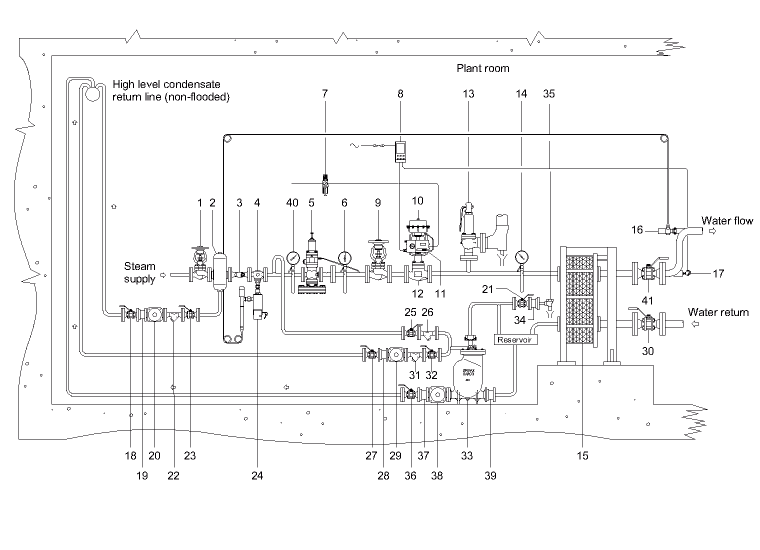 |  |  |
|---|
Drainage system not up to task, CANALS BUILT TO TAKE LOCALISED FLOODS by Piyaporn Wongruang
Bangkok has been struggling to divert floodwater out of the city because its water drainage system was developed mainly for handling localised flooding caused by heavy rainfall, not massive run-offs from the North, said former senior officials of the Bangkok Metropolitan Administration (BMA).
Bangkok invested heavily in its water drainage infrastructure after 1983 when major flooding hit the city.
Since then, canals and tunnels have been dug, retention ponds designated, and pump stations constructed to help drain the water.
The water drainage system is based on a polder system, where dykes are built around the city, and floodwaters are directed to the sea by pumps, water drainage canals and tunnels.
Polder systems have been developed mainly in inner Bangkok, the western side of the city, and the eastern side.
In inner Bangkok, a large polder has major roads and railways cutting through the Ramkhamhaeng and Phetchaburi areas, acting as its main dykes.
The polder is divided into more than 10 sub-polders where drainage canals and tunnels, pump stations and pumps help drain water out from the protected areas inside them.
The western side has a network of dykes along the Chao Phraya, and Mahasawas and Bangkok Noi canals preventing flooding from flowing into the protected areas inside the dykes.
In addition, a major water retention pond in the South can hold up to six million cubic metres of water.
On the eastern side, His Majesty the King's dyke, which runs north to south, and around 20 retention ponds help retainup to six million cubic metres of water before it is pumped out and drained to the sea. Seven giant tunnels have also been installed to help speed drainage.
Phichit Rattakul, former Bangkok governor, said the water drainage system was developed to fight flooding caused by rainfall and run-off from the North which generally head to the eastern side.
The main protection measures against run-off are HM King's dyke and Pasak Cholsid dam in Saraburi further northeast of Bangkok, which can help hold up to 800 million cubic metres of water.